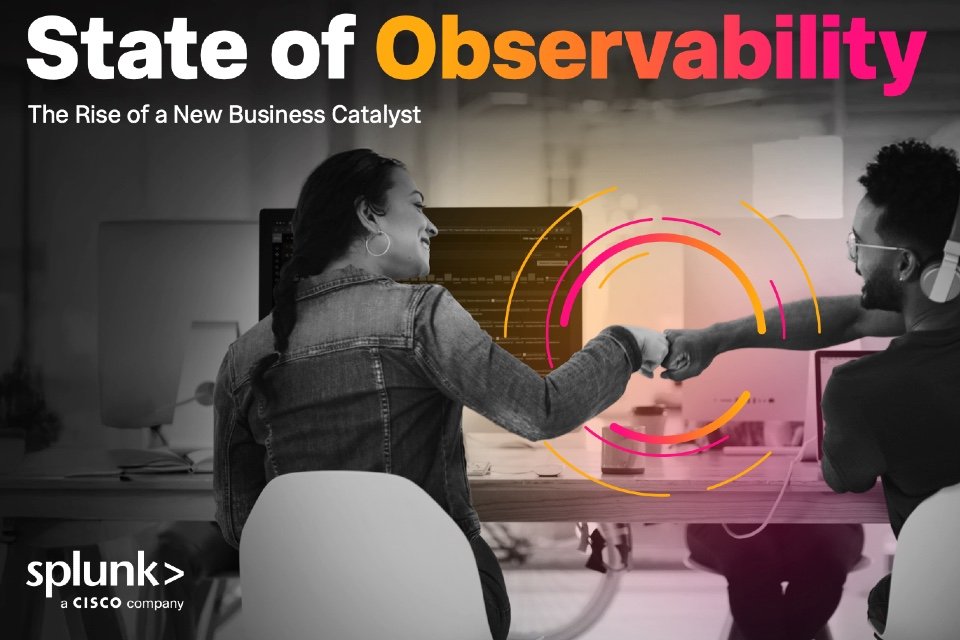The Gartner Hype Cycle for Customer Service and Support Technologies, 2023 report describes the most important maturing technologies for supporting customers. There is a range of technological maturities, varying from embryonic (Customer Technology Platform), to highly-hyped (generative AI), to mature yet with significant adoption opportunity still remaining (Contact Center as a Service). More than half of the innovation profiles included in the Hype Cycle fall into the Trough of Disillusionment section (see Figure 1).
The Gartner Hype Cycle provides a view of how a technology or application will evolve over time, providing a source of insight to manage its deployment within the context of a specific business goal. It allows clients to get educated about the promise of an emerging technology within the context of their industry and individual appetite for risk.
Figure 1: Gartner Hype Cycle for Customer Service and Support Technologies, 2023

Source: Gartner (August 2023)
Generative AI’s biggest impact is likely to be on customer experience. According to a recent Gartner poll, 38% of leaders see improving customer experience and retention as the primary purpose of initiatives to deploy applications trained on large language models.
“The impact of AI on the customer service function cannot be overstated,” said Kraus, “Not only do we expect organizations to replace 20-30% of their agents with generative AI, but also anticipate it creating new jobs to implement such capabilities.”
Conversational User Interfaces
CUIs are human-computer interfaces that enable natural language interactions for the purpose of fulfilling a request, such as answering a question or completing a task. CUIs provide direct control between the customer service agent and the applications they are operating. When used to automate support via chatbots, this technology improves customer experience and self-service adoption.
“Customers increasingly expect to be able to interact with the applications they use in a natural way, and this has been accelerated by the emergence of large language model-enabled enterprise applications, such as OpenAI’s ChatGPT and Microsoft 365 CoPilot,” said Kraus. “CUIs will be vital for driving efficiency and meeting customers’ changing expectations.”
Digital Customer Service
As organizations have introduced a proliferation of digital engagement channels, customers have grown to expect instantaneous, effortless customer service experiences. Simultaneously, introducing more channels can increase customer effort as customers move between them.
Digital customer service offerings focus on seamless conversation orchestration across digital channels. The desire for self-service, combined with the emergence of conversational AI, has led to an evolution of most engagement models. As such, Gartner sees the emergence of a new area of customer care referred to as “digital customer service.”
“Digital customer service will transform customer experience outcomes by reducing friction and eliminating unnecessary customer effort,” said Kraus. “By creating a seamless customer experience, this technology will reduce churn and enhance customer satisfaction.”
Image by Joshua Woroniecki from Pixabay







